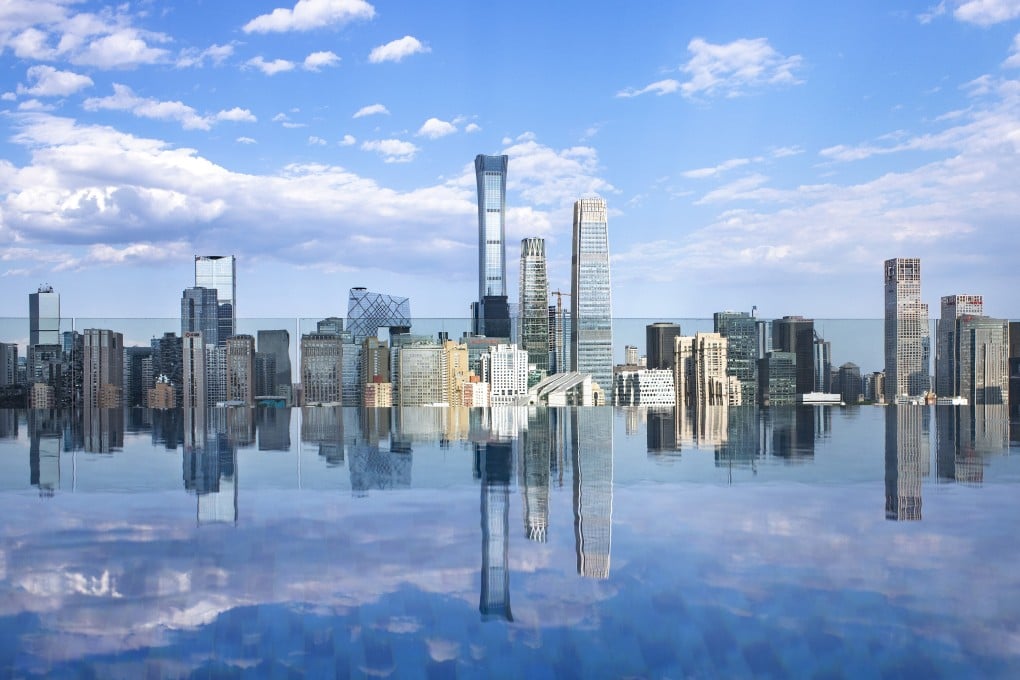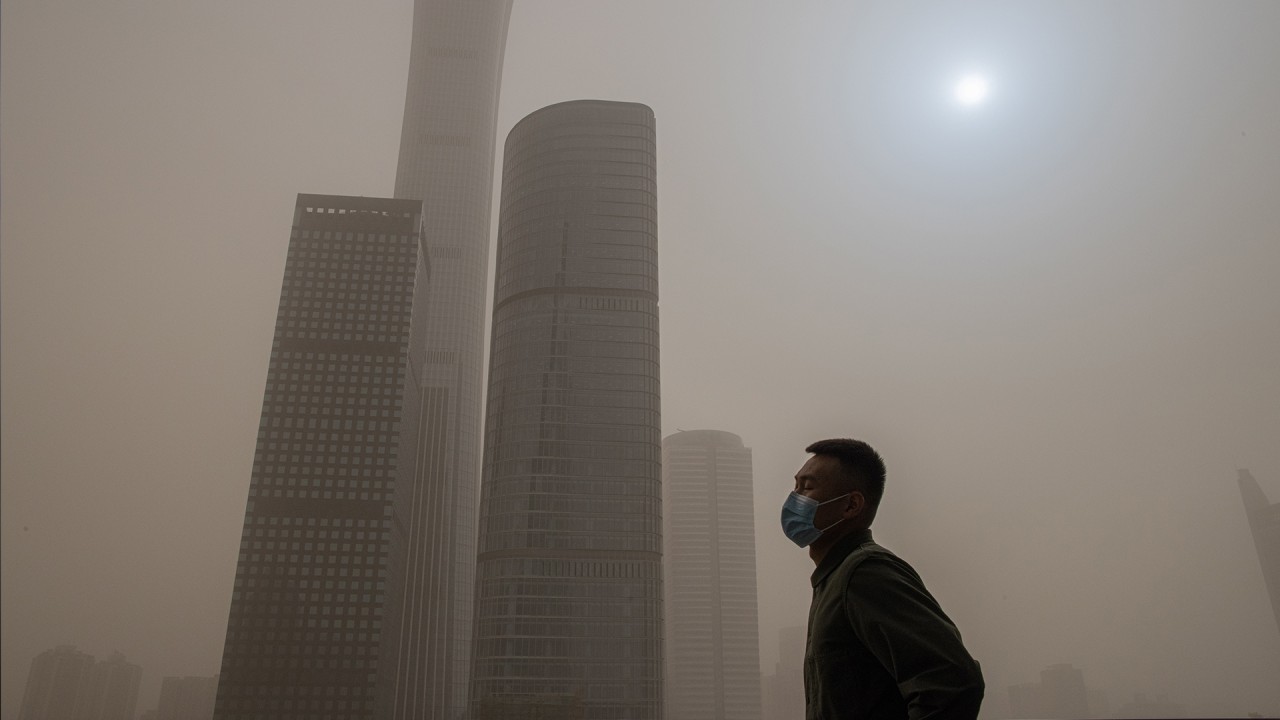Beijing area has its lowest ever PM2.5 levels after air quality push
- Levels of lung-damaging particles in and around the capital reach new low, although are still above the national target and WHO’s recommendation
- Anti-pollution campaigns show progress, but the region’s emissions remain high, with industrial and energy reform ‘tough nuts to crack’, minister says

The monthly average concentration of small, lung-damaging particles known as PM2.5 stood at 16 micrograms per cubic metre in July, the lowest reading there since China’s records began, according to the latest statistics from the Beijing Municipal Ecology and Environment Bureau.
Beijing also reported record low levels in July of other major pollutants, such as PM10, sulphur dioxide and nitrogen dioxide, at 32, 2 and 14mcg per cubic metre respectively.

01:45
Fresh sandstorm hits Beijing following its worst storm in a decade
“Average PM2.5 concentration dropped from 80mcg per cubic metre in 2015 to 38mcg last year,” Environment Minister Huang Runqiu told a press conference on Wednesday. “The city’s heavy pollution days have been reduced from 43 days in 2015 to 10 days last year.”